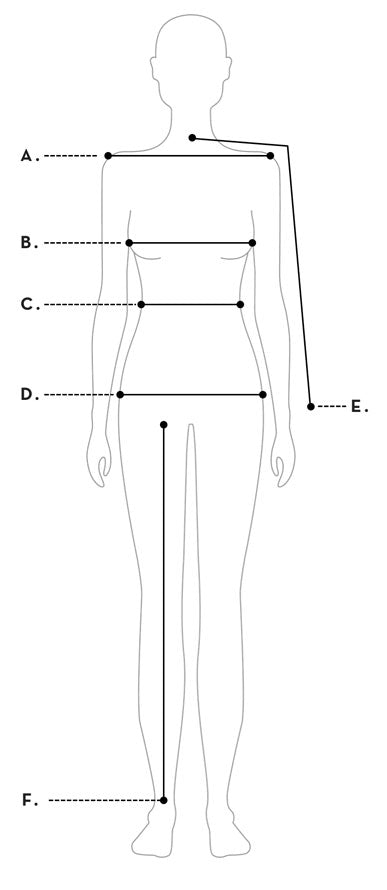Know Your Fashion
The Tie-Dye TrendOriginating in Japan, this method involves a manual resist-dyeing technique, an intricate process that’s been practiced for over 1300 years and passed down from generation to generation. We’re in love with its detailed look, which is often seen on luxe silks and includes myriad different methods to create the style.
Another ancient technique, this time from India, Bandhani is created by plucking the textile with fingernails to create a delicate design. Typically seen on the traditional Indian sari, the print is named after the Hindi word for “tying."
From Nigeria, Onikan is a labor-intensive indigo style that involves tying raffia around tiny pebbles or corn kernels—the result is a beautiful allover circular motif.
The popular ikat print, present in cultures as far-flung as Ecuador and Cambodia, involves an elaborate process. The first step is binding the yarns into a tight wrapping, then comes the dye, and the result is used to create a new pattern… followed by yet another round of dye. This cycle gets repeated several times for a multicolored look and then, finally, everything is woven together for the final product.
Another popular method of tie-dye is Batik, which hails from Indonesia and features wax-resist dying. The artist "draws" a pattern in hot wax over fabric, which is then placed in a color bath. For fans of this style, bookmark October 2nd on your calendars; that's the country's National Batik Day.





